Last updated: December 4, 2020
Article
Cruise Ship Standards of Care
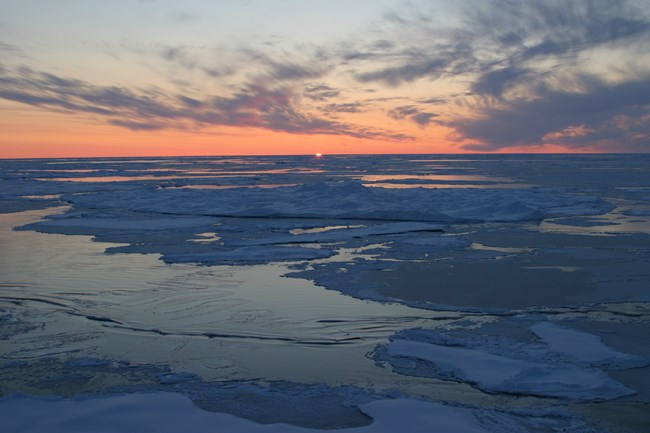
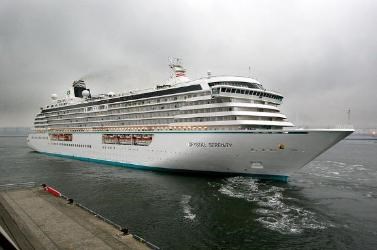
Creating Mitigation Measures to Reduce Impacts of Cruise Ships in the Arctic
Arctic sea ice is melting at unprecedented rates. This is expected to result in dramatic increases in both shipping and cruise tourism through the Bering, Beaufort and Chukchi seas, and their coastal communities. While most of the ships carry bulk goods, containers, or commercially fish, cruise ships, which make up a small portion of the expected increases, carry people, including passengers and crew. Owing to the nature of this ‘cargo’, cruise ships can produce relatively large volumes of waste which in turn can impact air and water quality. To provide passengers with elevated experiences, cruise ships also seek out areas with sensitive resources, such as ice-dependent seals, polar bears, and large whales, increasing the potential for disturbance and wildlife collisions, and possibly interfering with subsistence activities. This sets them apart from mitigation measures to reduce impacts for most other ships that can be separated from sensitive environmental areas through time and area restrictions.
As stewards of several Arctic parks and the Shared Heritage Beringia Program, the National Park Service has a vested interest in ensuring that cruise practices are consistent with protecting these resources. With this in mind, in 2016 the National Park Service partnered with the Wildlife Conservation Society’s Arctic Beringia Program and the University of Alaska Fairbanks to assemble ideas for adaptable, sustainable, and culturally sensitive cruise tourism practices in Arctic Alaska. Representation from various indigenous interests, scientists and the maritime cruise industry was critical to the process. The project commenced prior to the first voyage of the 1100-passenger Crystal Serenity through the Northwest Passage, inaugurating large cruise ship tourism in Alaska via the Northwest Passage.
Gathering the Stakeholders Together
To initiate the project, organizers facilitated a meeting of the Arctic Waterways Safety Committee (AWSC) in the spring of 2016. The AWSC seeks to bring together ‘… local marine interests in the Alaskan Arctic in a single forum, and to act collectively on behalf of those interests to develop best practices to ensure a safe, efficient, and predictable operating environment for all current and future users of the waterways’. In essence, the AWSC was formed to help identify conflicts among Arctic stakeholders, and address them in a collaborative, voluntary manner. The spring 2016 gathering provided a forum for all parties to communicate their interests and values regarding the impacts of cruise operations and potential mitigation strategies, and to consider existing guidelines for research cruises in Alaska. Based on the discussions at the initial meeting and subsequent discussions with industry experts, the draft “Best Practices for Cruise Ships Operating the Bering, Chukchi, and Beaufort Seas” was submitted to Arctic Waterways Safety Committee for consideration on March 5, 2019.
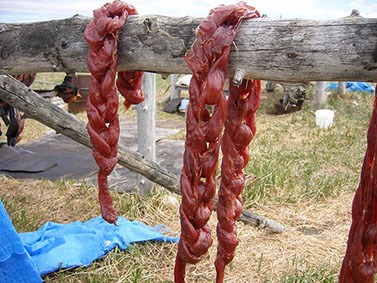
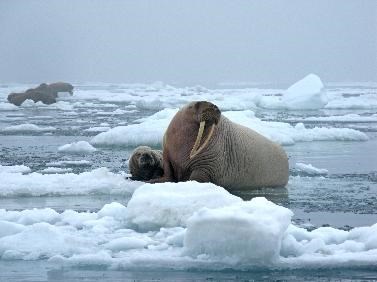
A Plan Takes Shape
“Best Practices for Cruise Ships Operating the Bering, Chukchi, and Beaufort Seas” offers parameters for multiple areas of concern that may need to be addressed prior to, or during, a voyage. These include: 1) local engagement, 2) emissions, 3) discharges, 4) collision/spill prevention and response, 5) wildlife disturbance, and 6) site management.Following are some of the key components under each topic. Recommendations under the issue of local engagement include notifying the AWSC of communities that may be affected by a voyage at least a year in advance, developing a Community Service Agreement, avoiding culturally significant sites without prior consent, preparing contingency plans if a visit becomes impractical, and ensuring that affected communities benefit economically from a visit.
Emissions guidelines include limiting ship smoke emissions, prohibiting the use of heavy fuel oil, and setting incineration limits to protect nearby communities and the marine environment. Standards for discharge are laid out and include specifics for food waste disposal, cargo residues, oil and noxious liquid discharges, and sewage and gray water disposal. The document also provides detailed recommendations for ballast exchange.
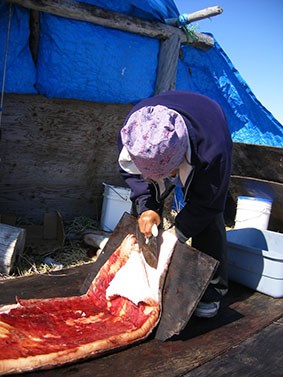
To avoid wildlife collisions and disturbance ships are urged, among other activities, to remain at least 100 meters from marine mammals. Additional cautions include allowing space for an animal exit route, avoiding feeding animals, limiting vessel speed and observation time, and avoid traveling in protected and subsistence areas. Discussions also highlighted the need for such separation of small boats deployed from a larger tourist vessel.
Site management recommendations include obtaining permission for landing sites, avoiding walrus haulout sites, limiting the number of passengers disembarking, and avoiding anchoring in ecologically sensitive areas. The document includes an additional set of guidelines specific to pinnipeds.
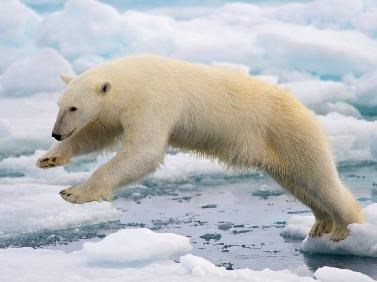
Next Steps
The Arctic Waterways Safety Committee has yet to sign off on the document. While generally favorable to the practices outlined, the committee urged planners to continue collaboration with affected villages and consultation with Russian and Canadian communities who have already had some success working with large cruise ship operators. They also recommend a greater focus on the interaction between vessels and coastal communities, particularly when sensitive marine mammals and active hunters are in the water.
Cruise ship tourism will undoubtedly increase in the near future. The standards of care for cruise tourism lays out opportunities for sustainable practices and building on established experience elsewhere, which allow for ship tourism while minimizing impacts to important Arctic resources. Establishing these guidelines at the outset of this budding industry will be key to managing and minimizing potential impacts to important National Park Service and community resources in the Arctic.
